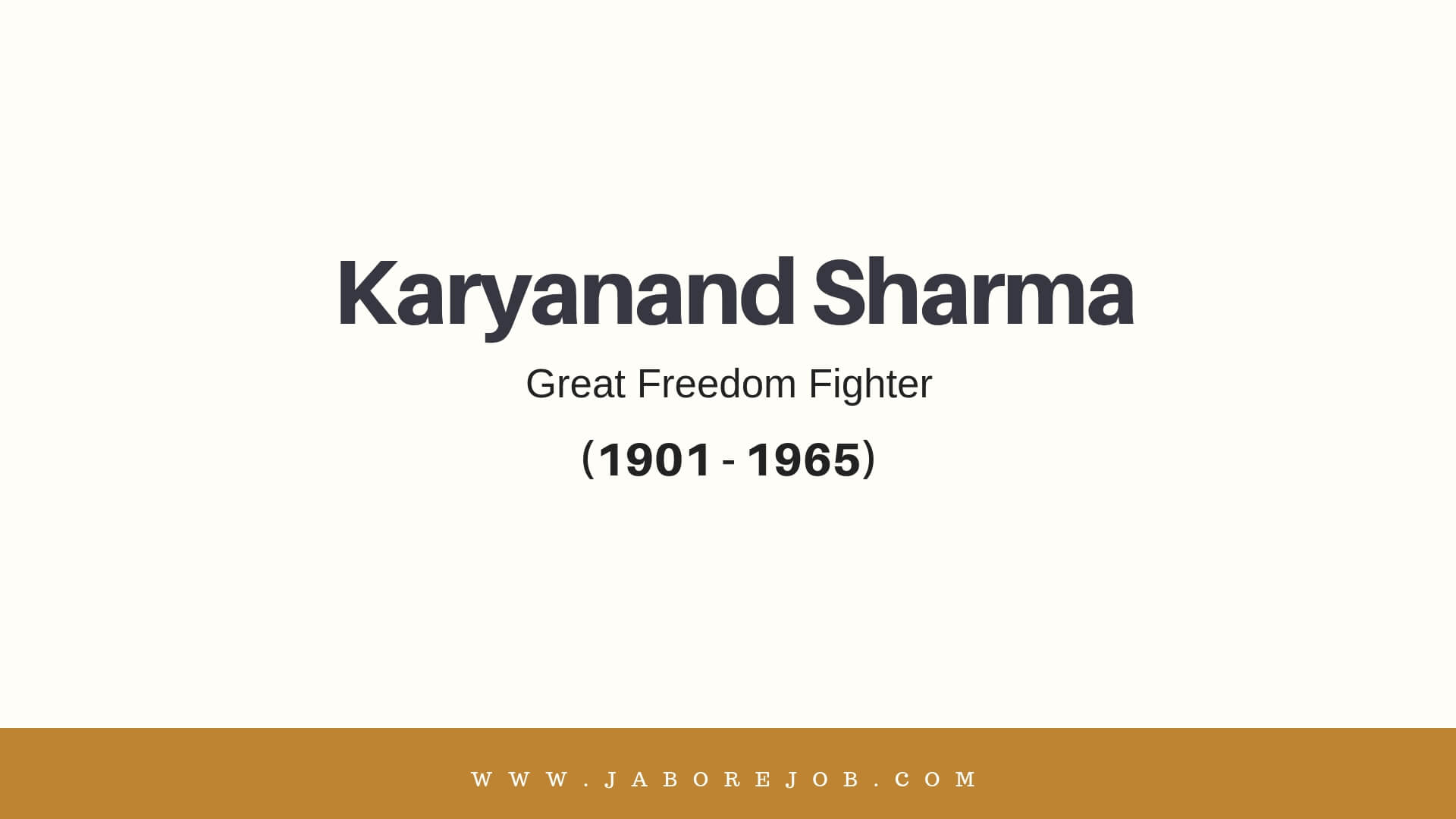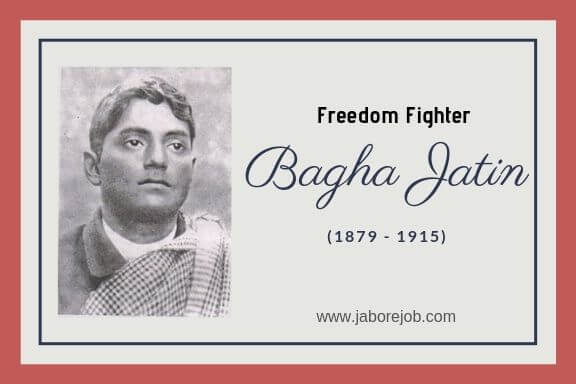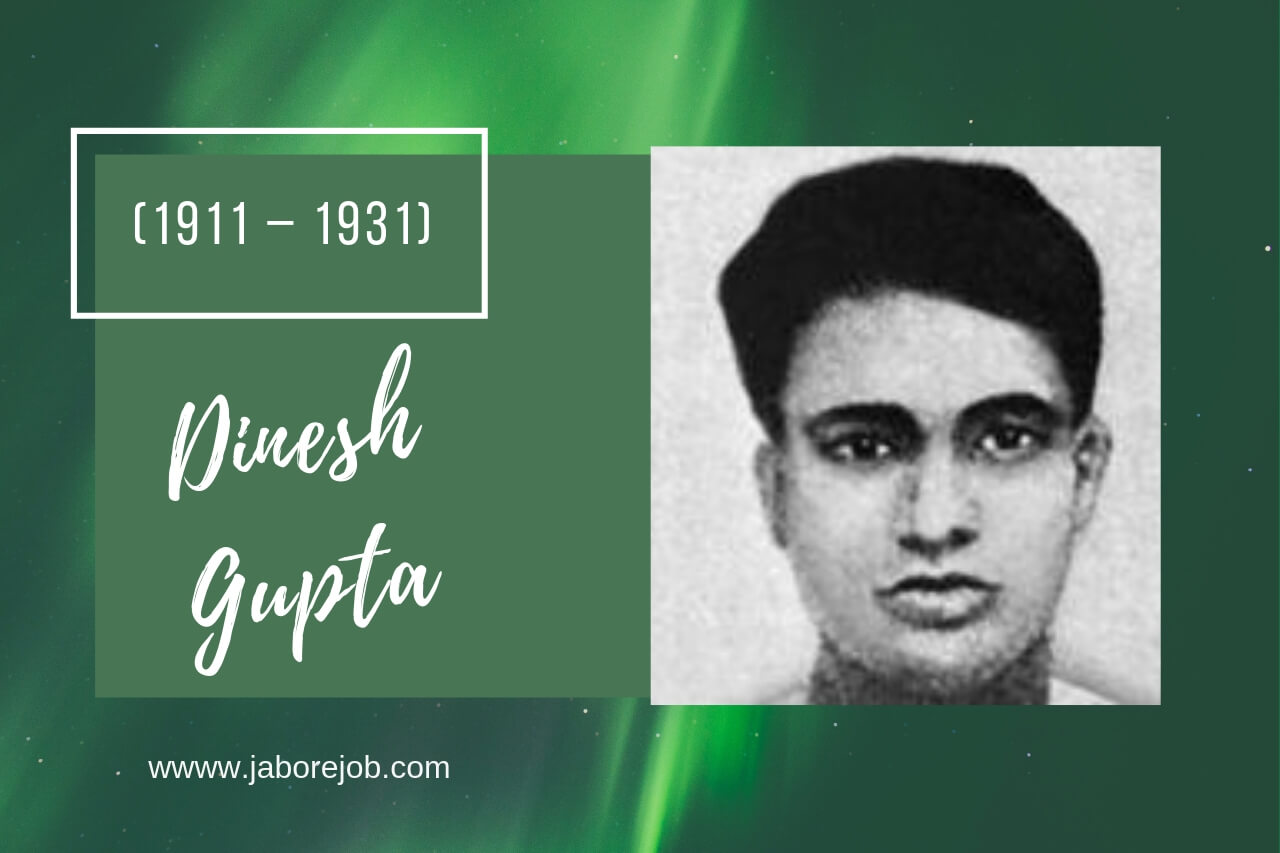Mahatma Gandhi is one of the role models for me and even for many across the globe with his 2 big weapons “Truth and Non-violence”.
He was the person who became the answer to the millions of Indians who were suffering from British rule in India by giving new hope for the future. He opposed racial, religious, and gender discrimination.
But the time will not leave anyone likewise Mahatma Gandhi left his last breath on 30th January 1948, at the age of 79 years with a shot of bullet.
Mahatma Gandhi is the inspiration for a lot of great leaders like Nelson Mandela, Martin Luther King, and even the recent politician Barack Obama, there was a certain group of people in India itself who have not understood him which led them to create a separate country Pakistan.
Mahatma Gandhi Information
| Full Name: | Mohandas Karamchand Gandhi |
| Date of Birth: | 2nd October 1869 |
| Place of Birth: | Porbandar, Gujarat |
| Profession: | Lawyer, politician, activist, writer |
| Father: | Karamchand Gandhi |
| Mother: | Putlibai Gandhi |
| Spouse: | Kasturba Gandhi |
| Children: | Harilal Gandhi, Manilal Gandhi, Ramdas Gandhi, and Devdas Gandhi |
| Date of Death: | 30th January 1948 |
| Place of Death: | Delhi, India |
History of Mahatma Gandhi
* In Porbandar of Gujarat Gandhi’s mother was exposed to Jainism, the people who were following totally non-violence, so it impacted even Mahatma Gandhi to have social quality.
Gandhi grew by watching the dramas of ‘Satya Harishchandra‘ who followed the truth as his life even in his extreme difficulties faced. So these helped him to follow the truth and non-violence.
* Today some of his visions come true in Gujarat, you can find the majority of the people are vegetarian and alcohol-free with the efforts taken by Narendra Modi when he was chief minister of the state.
* Mahatma Gandhi was an average student like us learning English and grew up normally as every child but distracted with early marriage at the age of 13 years.
His wife name was Kasturba Gandhi who was a relative of his family.
In the early days of Gandhi he doesn’t seem to be so good, he admits himself that he was drinking, stealing from his father’s pocket, and eating meat because he was having a strong belief that the vegetarians are been weaker and ruled by the dominant people, but later he changed.
Wife Kasturba Gandhi was complaining about his activities to his father-in-law but he was keeping quiet. His father died when he was at the age of 16.
* After his schooling at the age of 18 years, his family friend suggested to go to England and get trained to be a lawyer, this was a situation where the game starts.
At the time his mother gave him a sacred necklace of beats made with Tulasi plant which was loved by god Vishnu for the protection by the care of the mother with the promise and witnessed to leave her son from wine, women, and meat.
* He left Bombay on 4th September 1888 beside the opposition by his neighbors he crossed the borders and reached London.
when he left the shore in Bombay he was wearing a white and white suit to transform himself like other fellowmen who live in England.
In that country almost all people normally eat meat and drink alcohol, it was difficult for Mahatma Gandhi initially but because of the promise made to his mother he never went into the wrong route, which helped him to follow non-violence later.
* Before Gandhi left India he presided to eat meat which makes Indian strong to fight against the British but when he left at the time from England he was totally opposed eating meat resulted in the adoption of non-violence.
Incidents of Mahatma Gandhi Faced in South Africa?
When Gandhi returned to India he was in search of work as a lawyer. Dada Abdullah a merchandiser asked him to work for his case in South Africa.
Then Mahatma Gandhi accepted the invite and went to Durban, Natal (now KwaZulu-Natal) South Africa in 1893.
In South Africa, he faced much racial discrimination and humiliation by Europeans which made him trigger to get equal rights for everyone.
When he was traveling in South Africa train with a first-class ticket and the conductor wanted him to move to the third class because he was black.
He refused to leave his seat and was expelled from the train through station master because of the only reason he was black.
He said in his Biography: “the cold was very bitter. My overcoat was in my bags, however, I failed to dare to ask them, I thought again I may be abused once more, therefore I sat and shivered in the PIETERMARITZBURG station“.
He started thinking whether his “duty”: ought he to remain back and fight for his “rights”, or ought to come to India? His own “hardship was superficial”, “only a proof of the deep unwellness of color prejudice.”
Result made Mahatma Gandhi fight against racial and inequality by his knowledge of civil and his experience.
After Gandhi returned to India he told his experience with his friends and expressed his feelings to fight against the British to get equal rights.
Gandhi slowly entered the political area fighting for a cause of right to vote for all people asked by his friends and merchant traders, with the petition named of 9,000 people and hence became the substantial force in politics Led Indian Natal Congress.
But the scenario was totally different from Gandhi’s thinking of truth and non-violence because of the British.
But there was an Anglo-Zulu war between the British and South Africa, he was helpless because he convinced some of the South Africans to opt for non-violence which caused a disaster because they were shorted with weapons and men which made them lose and was a lesson to Gandhi.
Gandhi later created a community in Turban where he married as well but their family also accepted the reality of how they live but it was difficult for him to manage the family as well as the community.
He himself became more simplest by following the new and practical philosophy of life which inspired millions of people.
Popular Movements in Mahatma Gandhi Life
He fought against British racist policies in South Africa and came back to India, Gandhi has earned some reputation for his work.
Freedom Fighters of India consist of many great leaders but in the beginning, a leader of the Indian National Congress who was named Gopal Krishna Gokhale asked Gandhi to join India’s struggle for Independence against the rule of the British towards Indians.
Gokhale explained to Gandhi about the current situation Indians are facing social injustice which was the foundation to join Gandhi as a member of the Indian National Congress.
a) Champaran Satyagraha (1917)
Champaran Satyagraha was the first success of Mahatma Gandhi after returning from South Africa to India. British forced the farmers to grow Indigo which was in less demand but the price was high in the market and they were forced to sell for a fixed price that made them trigger.
Gandhi was asked for help from the farmers. Gandhi followed the non-violence principle in the movement which was shocked to the administration and finally achieved by getting concessions.
b) Kheda Satyagraha (1917 – 1918)
Kheda was hit by the floods so farmers were unable to pay taxes later they asked Britishers to relax them from tax which was not agreed by them, this was observed by Gandhi and taken this case seriously which resulted in the acceptance of relaxation from tax.
c) Khilafat Movement Post World War I (1919 – 1924)
British had agreed to grant Independence if Gandhi supports the British during World War I but failed as promised, it resulted in the Khilafat Movement started.
Mahatma Gandhi understood that if Hindus and Muslims unite and fight against the British they will succeed, and tried to convince masses of both the religion, at last, he failed to do so.
d) Non-cooperation Movement (1920 – 1922)
Non-Cooperation Movement was the biggest problem faced by the British, Gandhi made his fellow men stop co-operating with the British because he believed only by co-operation giving by Indians to the British giving the chance to rule by them.
Gandhi warned the British not to pass Rowlatt Act, as they did not pay attention Gandhi asked people to start civil disobedience against the British but they tried to suppress the movement by force by firing on people who were following peace in Delhi. At this time, the British arrested Mahatma Gandhi and many protesters.
On 13th April 1919, it was a “BLACK DAY” for India because a British officer General Dyer has ordered to open fire on a crowd who were following peace consist of all men, women, and children in the place Amritsar’s Jallianwala Bagh, the incident was known as ‘Jallianwala Bagh Massacre’.
This incident made Indians more aggressive to get Independence and rioted as they wish so, Mahatma Gandhi wanted peace hence started fasting till everyone stop rioting and follow non-violence.
e) Purna Swaraj (1922 – 1929)
The non-cooperation movement became popular throughout India through the efforts of Mahatma Gandhi.
Then he expanded the movement as Swaraj by telling people not to buy the goods made by the British, he didn’t stop there he also asked the people to resign from British Government employment, stop studying in British Institutions, and practicing law in court.
But a day came in 1922 Uttar Pradesh where the British forced to stop the moment by arresting Gandhi on 10th March 1922, he was granted 6 years of imprisonment but he served for 2 years over there, In 1929 the Congress party officially declared as Purna Swaraj.
f) Simon Commission and Salt Satyagraha (1927 – 1930)
In the duration of the 1920s, Mahatma Gandhi focused on bridging the gap between the Indian National Congress and the Swaraj Party.

In 1927, the British had appointed Sir John Simon as head of a new constitutional reform commission, commonly known as the “Simon Commission”.
There was not even an Indian in the commission. Shaken by this, Gandhi passed a resolution in the Calcutta Congress in December 1928, asking the British government to grant him the status of Indian rule.
In case of non-compliance with this request, the British had to face a new campaign of non-violence, with the aim of total independence of the country. The resolution was rejected by the British.
The flag of India was displayed by the Indian National Congress on 31st December 1929 at its Lahore session. On January 26, 1930, it was celebrated as the Independence Day of India.
But the British recognize it and soon imposed a tax on salt which resulted in Salt Satyagraha was launched in March 1930 as an opposition to this movement.
Gandhi commenced the Dandi March with his followers, going from Ahmadabad to Dandi walking. The protest turned successful and brought about the Gandhi-Irwin Pact in March 1931.
British Negotiations over Round Table Conferences with Gandhi (1930–32)
After the Gandhi-Irwin Pact, Gandhi was invited to round tables by the British. When Gandhi demanded Indian independence, the British questioned Gandhi’s motives and asked him not to speak for the entire nation.
They invited many religious leaders and B. R. Ambedkar to represent the untouchables. The British promised many rights to various religious groups and also to the untouchables.
Fearing that this movement would further divide India, Gandhi protested against this by fasting.
After knowing the true intentions of the British in the Second Round Table Conference(7th September 1931 to 1st December 1931) in London, he invented another Satyagraha, for which he was arrested again.
g) Quit India Movement (1942)
During the Second World War, Mahatma Gandhi intensified his protests for the complete independence of India. He drafted a resolution calling on the British to leave India.
The “Quit India Movement” or “Bharat Chhodo Andolan” was the most aggressive movement launched by the Indian National Congress under the leadership of Mahatma Gandhi.
Gandhi was arrested on August 9th, 1942, and detained for two years at the Aga Khan Palace in Pune, where he lost his secretary, Mahadev Desai, and his wife, Kasturba.
The Quit India movement ended in late 1943 when the British implied that total power would be transferred to the Indian people. Gandhi annulled the measure that resulted in the release of 100,000 political prisoners.
Finally Got Freedom but with the Partition (1946 – 1947)
The proposal of Independence and distribution of partitions offered by the mission of the British cabinet in 1946 was accepted by Congress, although Mahatma Gandhi advised otherwise.
Sardar Patel convinced Gandhi that this was the only way to avoid the civil war and gave his consent reluctantly.
After the Independence of India, Gandhi focused on the peace and unity of Hindus and Muslims. He launched his fast up to the death in Delhi and called on people to end community violence and emphasized that the payment of 55 crores of rupees, according to the agreement of the partition council, will be made to Pakistan.
In the end, all political leaders accepted his wishes and broke his fast.
Murder of Mahatma Gandhi (30th January 1948)
The inspiring life of Mahatma Gandhi ended in 1948, when a fanatic, Nathuram Godse, shot him point-blank.
After doing so much for the country, Why Nathuram Godse killed Mahatma Gandhi?
Nathuram was a Hindu radical who blamed Gandhi for weakening India by sharing payments to Pakistan. Godse and his co-conspirator Narayan Apte were convicted later on 15th November 1949.
Mahatma Gandhi proposed the acceptance and practice of truth, non-violence, vegetarianism, Brahmacharya (celibacy), simplicity, and faith in God.
Although he is always remembered as the man who fought for the independence of India, his greatest legacy is the tools he used in his fight against the British.
Mahatma Gandhi’s Unknown Facts

1. Gandhi was so shy in his childhood he was fearing to talk to his friends when someone tried to talk he use to run away to the home.
2. He owned 2 Football clubs in South Africa which was started to reduce racial discrimination and spread his ideologies.
3. Gandhiji was nominated for the Nobel Peace prize 5 times in 1937, 1938, 1939, 1947, 1948 but he never received one, Nobel committee also regretted that they did not have the chance to award him because of his death in 1948.
4. When Mahatma Gandhi died there was 8 Kilometer long funeral procession took place and the clothes of his last day were still preserved in the Gandhi Museum in Madurai.
5. Gandhi got married to Kasturba Gandhi whose age was 14 years but his age was just 13, here we can observe 2 things one is child marriage and another one is Gandhiji was 1 year younger than his wife.
6. Do you know that Gandhiji was born on Friday, we got freedom on Friday, and he was murdered on Friday itself.
7. A group of Chinese visitors once gifted 3 Monkeys made with clay, which he really appreciated.
8. The same British who was the enemy of Gandhi released a stamp honoring him after 21 years of his death.
9. The great APPLE company founder Steve Jobs was a big fan of Mahatma Gandhi, he tributed by wearing similar round glasses.
10. There are 53 major roads in India and 48 roads in other countries that kept the name after him.
11. The spinning wheel used by Gandhiji was auctioned for 1,10,000 pounds.
12. Mahatma Gandhi was speaking English with an Irish accent because his first teacher was Irishmen.
















